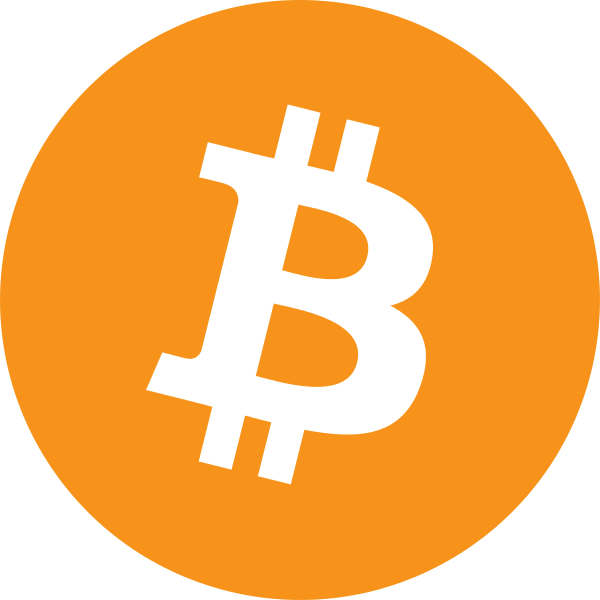From Bartering To Bitcoin - Part 2

From Bartering to Bitcoin
Bitcoin, crypto-currency, and blockchain have all exploded into the public consciousness over the last few years. At the end of 2017 when Google revealed the most searched news stories globally only the devastating Hurricane Irma had more clicks than Bitcoin.
Within Bitcoin is an idea that could fundamentally change the way humans interact with each other: decentralisation.


Money
There are three functions that must be fulfilled by a currency:
A store of value – can the money be saved and used at a later date, whilst still being worth the same amount?
A unit of account – can the money be used to value goods and services. Specifically it should be easily divisible into parts (e.g. five 20p coins are always worth £1), and it should be fungible (e.g. one £5 note is worth the same as another £5 note, unlike two 50g diamonds that might be worth vastly different sums).
A medium of exchange – can people use the money to buy and sell products and services from each other?
Money has been around for over 100,000 years – before bank notes we had bartering. People traded everything from livestock and grain to shells and tulip bulbs. These forms of money were lacking when looking at the three earlier functions.
Precious metals were better but often heavy and cumbersome. Banks began to sell notes that allowed you to deposit gold or silver, and claim it back at a later date –notes backed by the precious metals would become known as the gold standard.
During the twentieth century, almost all nations abandoned the gold standard giving birth to FIAT currency – money backed by nothing.
The gold standard helped protect citizens from monetary policy abuse. Without it, countries are able to print money (known as quantitative easing) whenever they want. Too much printing devalues the currency with devastating results, like hyperinflation, where even a wheelbarrow of bank notes is not enough to purchase a loaf of bread.
The current system requires the public to not only trust the banks, but also the bankers themselves. Over the years we have seen these bankers gamble with this money, and in some cases lose it all. The biggest of these losses was the financial crash of 2008, which led to a global financial crisis costing the taxpayer trillions.
Embedded in the very first bitcoin block was a message that signalled the absolute distrust that Satoshi Nakamoto had for the banking system, it read:
The Times 03/Jan/2009 Chancellor on brink of second bailout for banks.

The Theory behind Bitcoin
Nakamoto had figured out something that the other digital cash projects up to this point had struggled with – how to ensure money could only be spent once (the double spend problem). Within his code, he also ensured a fixed supply of bitcoin.
Each computer maintaining a copy of the blockchain is called a node. These nodes store every transaction since the first block in 2009. When money is transferred from one person to another, nodes competes to validate the transaction and add the block to the chain. This is known as mining.
There is a substantial reward (which halves every four years) for the miner to validate the transaction – currently 12.5 bitcoin or approximately 80,000 USD. This reward means there is intense competition. The only way to successfully add a block is by solving incredibly complex cryptographic math problems.
Miners ensure that a central authority is not needed - it would take such an overwhelming amount of processing power to attempt to defraud the network (known as a 51% attack) that the system is secure even if not all users are.
Bitcoin has no central authority so decisions on its future are made by consensus. This has seen debates rage on changing block size, removing unnecessary data once validated (known as segregated witness), and implementing a so-called lightning network to lower fees and speed up transactions.


The Benefits of Bitcoin
The decentralised nature of Bitcoin means everyone can look through transactions, wallets, and source code. Trust is inbuilt and secured by its cryptography.
Bitcoin has a fixed supply of 21 million bitcoin. This renders it non-inflationary meaning the currency isn’t devalued by its own printing. When a money supply can be increased out of thin air it can undermine the people who use the currency.
The remittance of money between different countries is a huge business and often used by the poorest people in those countries. Western Union reported revenues of over 5 billion USD in 2017. Western Union fees can be up to 500 times more than using Bitcoin.
Remittance is also incredibly easy with Bitcoin. You don’t need to apply for an account or have a minimum amount of cash – you just need enough technical knowledge to gain and secure your address. Much of the unbanked are excluded from the financial system because they don’t have enough to be allowed access.
Bitcoin is borderless, fast and cheap. The system is running 24 hours a day with no bank holidays.
Hi, I'm Benbrick a tech-obsessed multi-million selling songwriter and producer. Connect with me on Twitter and YouTube.
Read some of my Steemit posts
AI created music
Charity as a use case for Virtual Reality
Will The Blockchain Kill Spotify?.

What’s with the Steemit posts lately?
Everything is about Steemit, even when it isn't. It's a way of life.